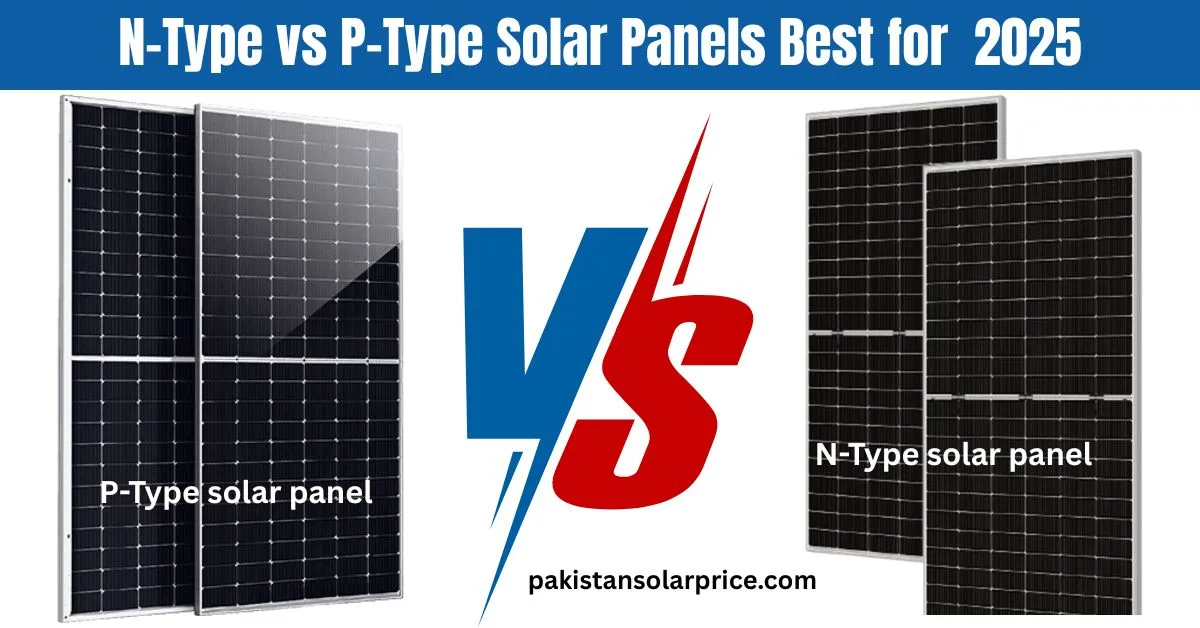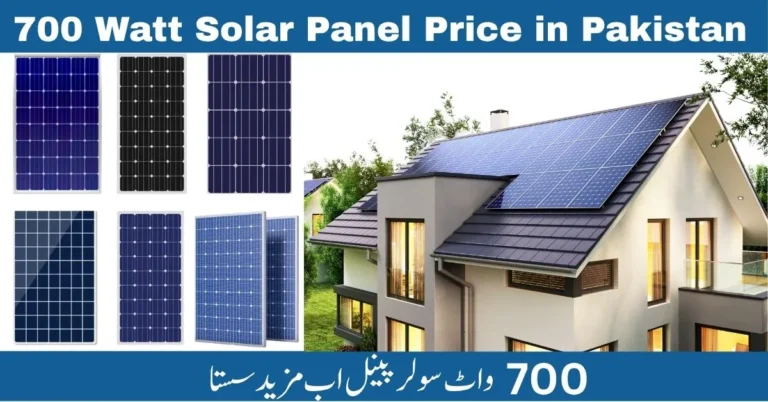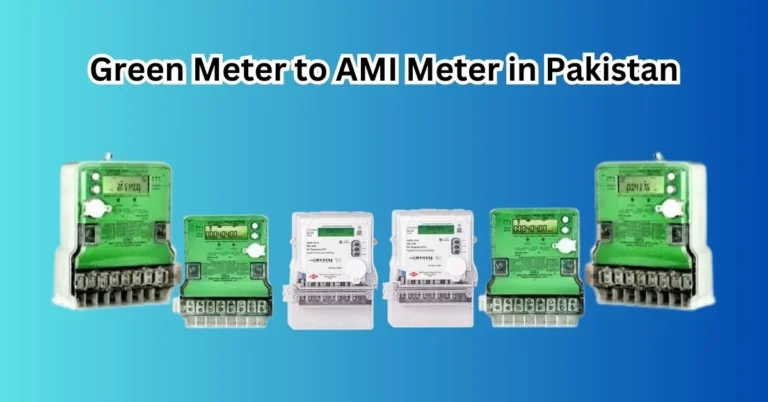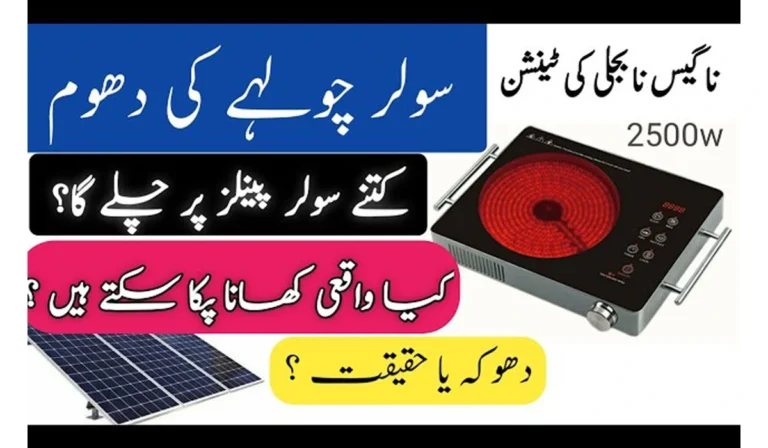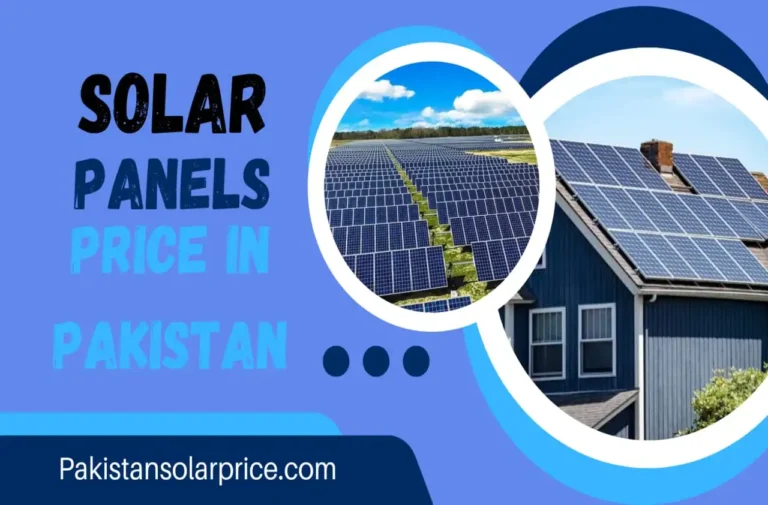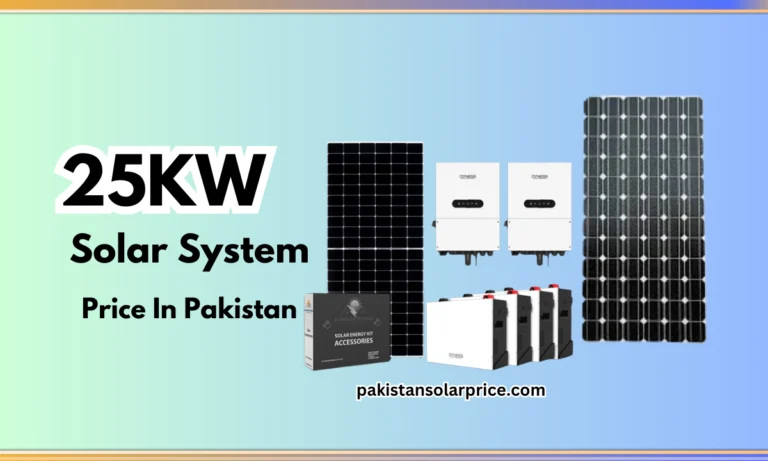N-Type vs P-Type Solar Panels: Which Should You Choose in 2025
Thinking about switching to solar energy but stuck on whether N-type or P-type solar panels are right for you? You’re not alone. As solar technology evolves, homeowners and businesses are faced with more choices than ever. But terms like N-type and P-type solar can sound technical and confusing, making it hard to decide. This guide breaks everything down in simple, practical language—so you can make a confident, informed investment that fits your goals and budget.
What Are N-Type and P-Type Solar Panels?
Before we compare performance, let’s cover the basics. N-type solar panels and P-type solar panels refer to the way their silicon cells are manufactured.
- N-type panels: Use phosphorus-doped silicon, where electrons carry the charge.
- P-type panels: Use boron-doped silicon, where holes (missing electrons) carry the charge.
This technical difference affects how each panel type handles energy conversion, durability, and cost. In short, N-type panels tend to be more efficient and longer-lasting, while P-type panels are more affordable upfront and widely available.

Efficiency and Performance Comparison
When it comes to solar panel efficiency, N-type panels usually outperform P-type.
Here’s why:
- N-type panels offer 21–23% efficiency, thanks to lower recombination losses.
- P-type panels average around 19–20% efficiency—still solid, but slightly lower.
- N-type cells are less prone to light-induced degradation (LID), meaning they maintain output better over time.
- In high-temperature environments, N-type panels typically show better thermal performance.
Cost & ROI Breakdown
Cost is a huge factor for most buyers.
Here’s a quick comparison:
- P-type panels: Lower upfront cost, making them popular for residential installs on a budget.
- N-type panels: Higher initial price, but often deliver better long-term ROI due to higher efficiency and durability.
Use Cases: Which One Is Right for You?
Choosing between N-type vs P-type comes down to your unique needs.
✅ Best for homeowners on a budget → P-type panels offer great value at a lower cost, making them ideal for standard residential installations.
✅ Best for high-performance needs → N-type panels shine for commercial setups, industrial applications, or homeowners wanting top-tier efficiency and long-term savings.
✅ Best for harsh environments → If you live in a hot or extreme climate, N-type’s better thermal performance and lower degradation can deliver more consistent results.
Summary & Final Recommendations
Let’s recap the key points:
- Efficiency: N-type leads (21–23%) vs. P-type (19–20%).
- Durability: N-type resists degradation better over time.
- Cost: P-type is more budget-friendly upfront.
- Best Fit: P-type for affordable home setups; N-type for premium or space-limited installs.
Next Steps: Find the Best Solar Solution for You
Ready to switch to solar? Use our comparison tool to easily compare N-type and P-type solar panels, get personalized recommendations, and see estimated savings. Connect with local experts to make the best choice for your home or business.
Making the switch to solar in 2025 is a smart investment—choose the system that fits your needs for clean, affordable energy today and for the future.
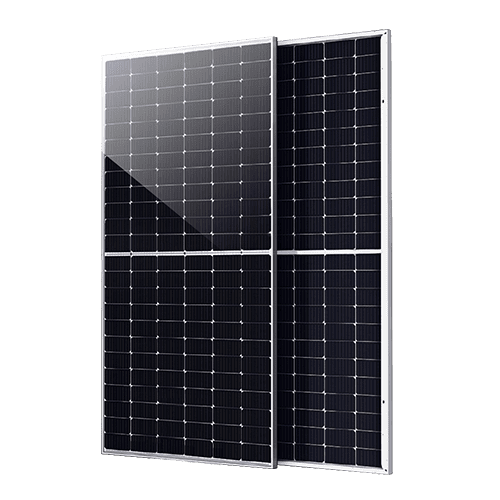
Conclusion
Choosing between N-type vs P-type solar panels ultimately comes down to your goals, budget, and site conditions.
If you want top-tier efficiency, slower degradation, and maximum long-term savings, N-type panels are the smart pick—especially for commercial projects or premium residential installs. On the other hand, P-type panels are ideal if you’re looking for solid performance at a lower upfront cost, making them a practical choice for many homeowners.

